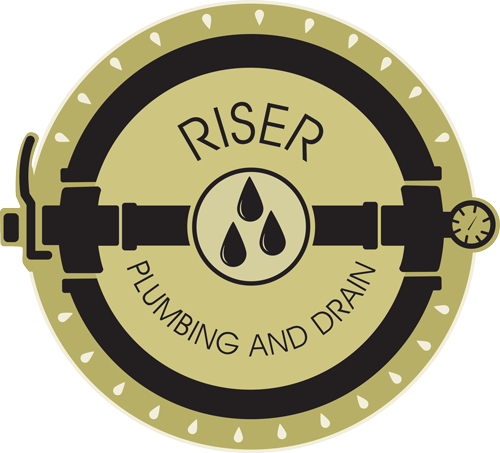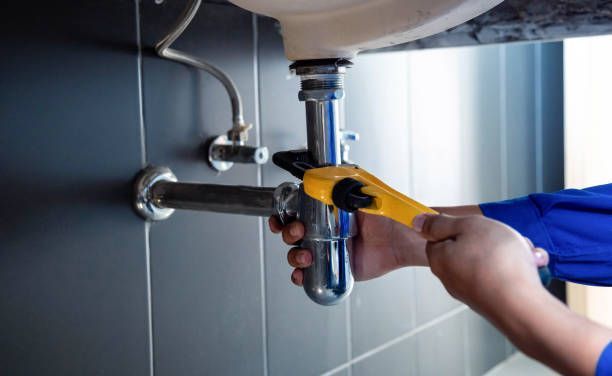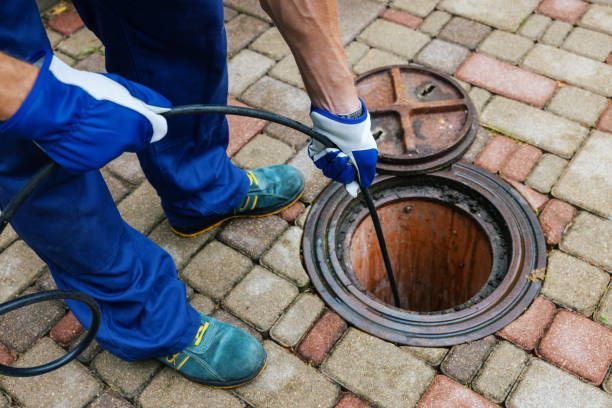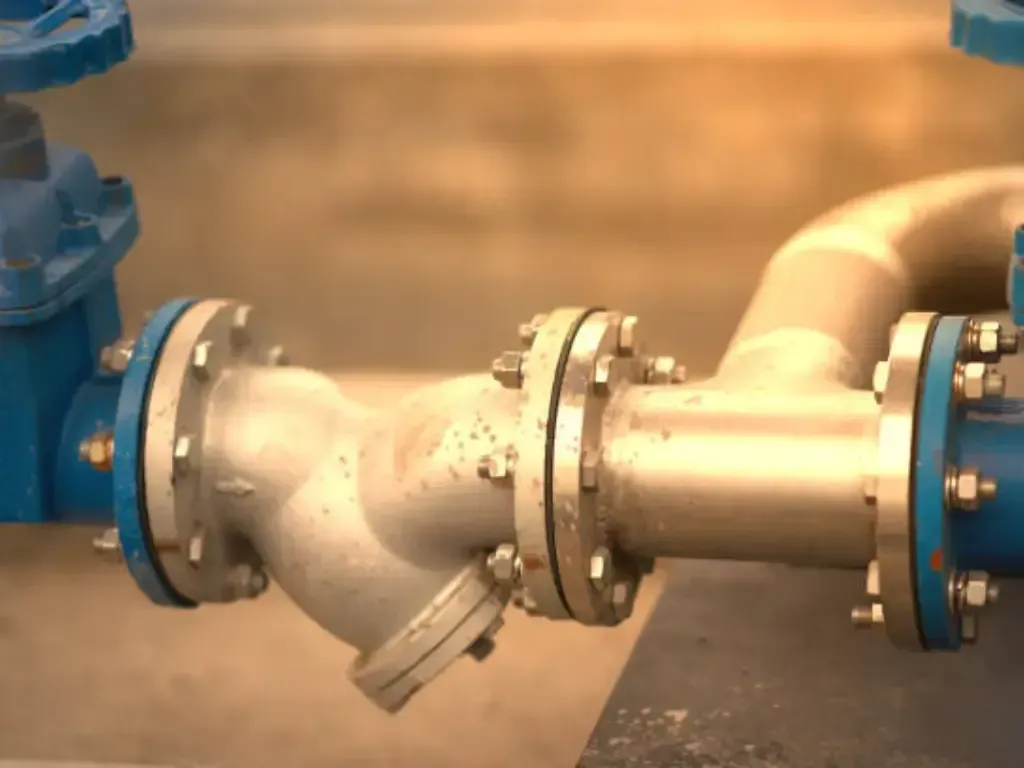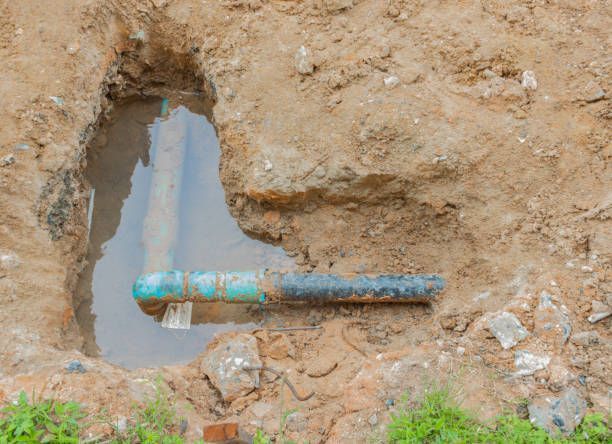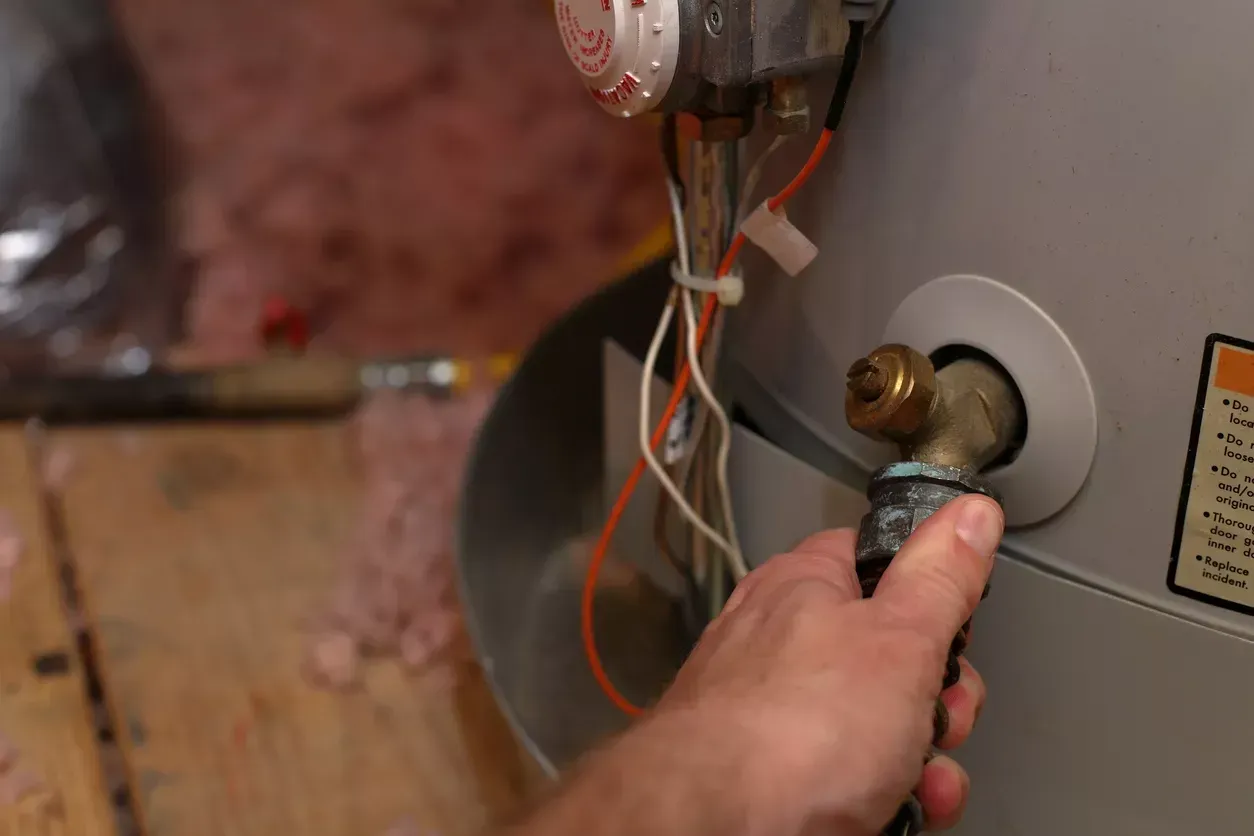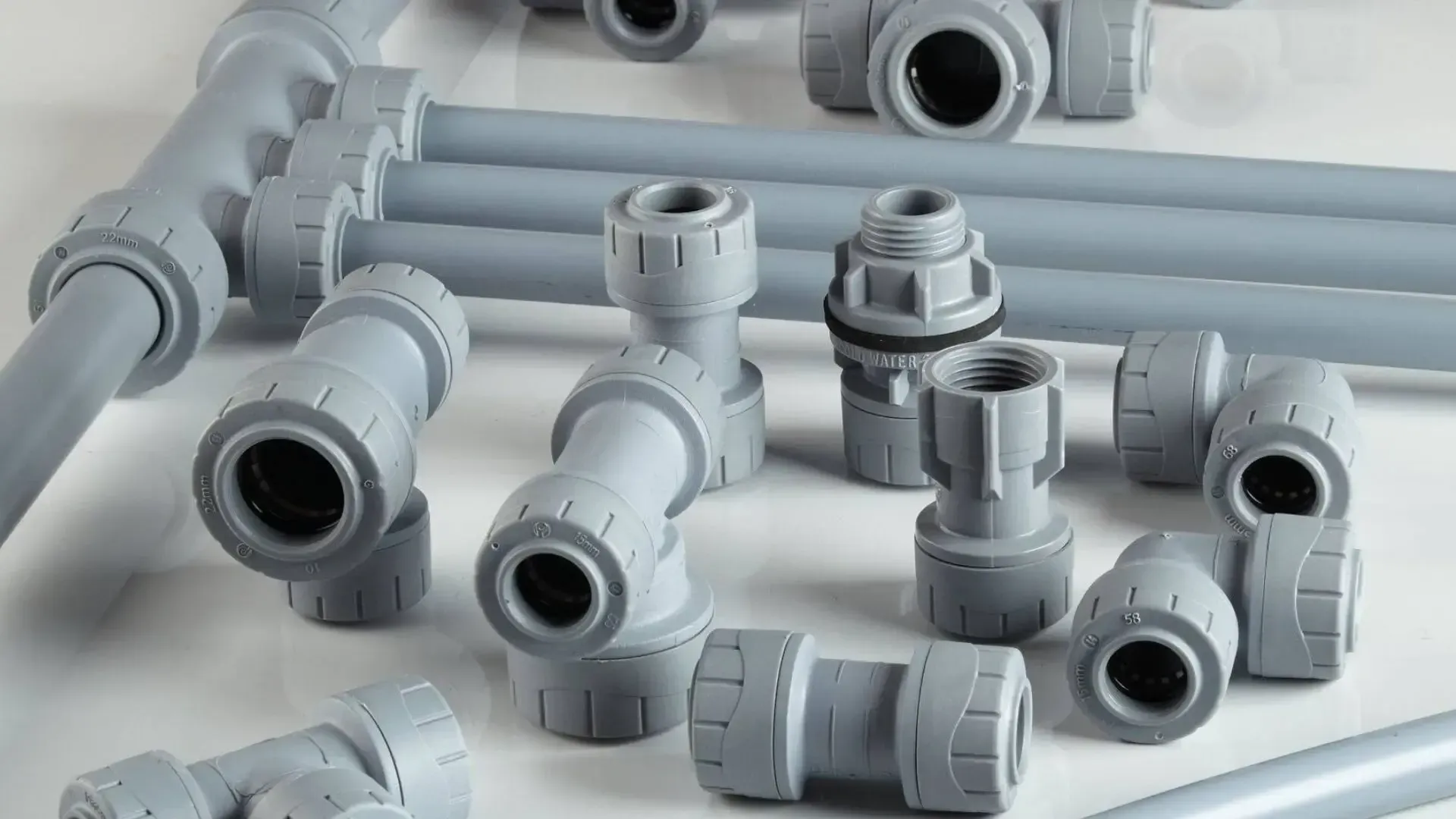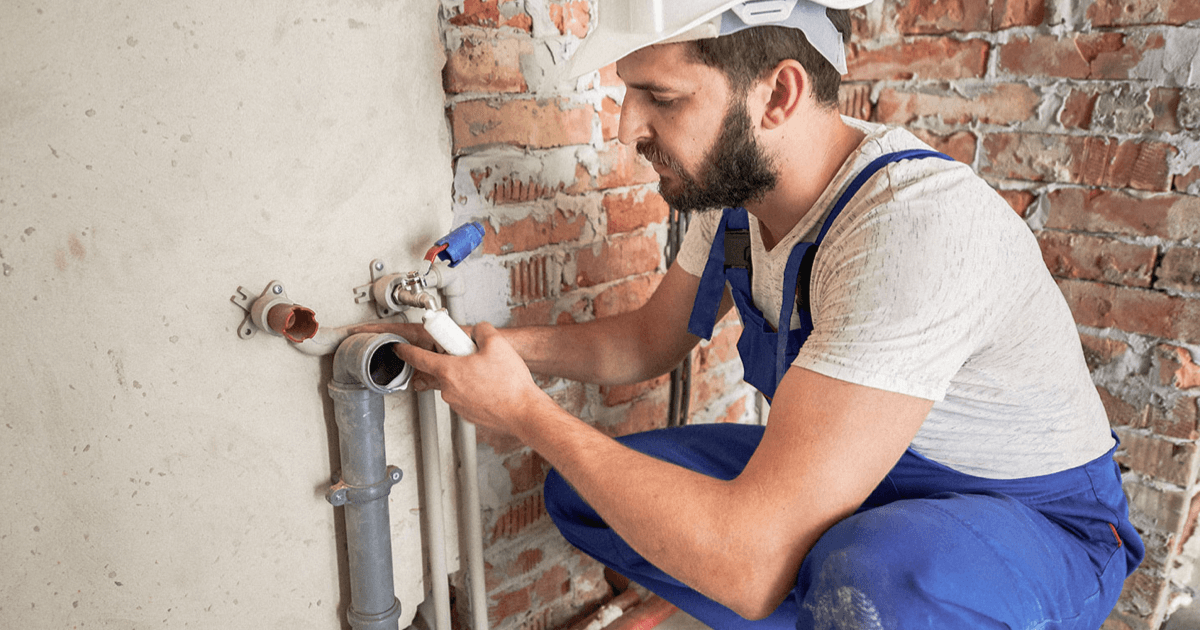How to Tighten a Toilet Seat
August 4, 2025
How to Tighten a Toilet Seat Safely Without Damaging Your Bowl
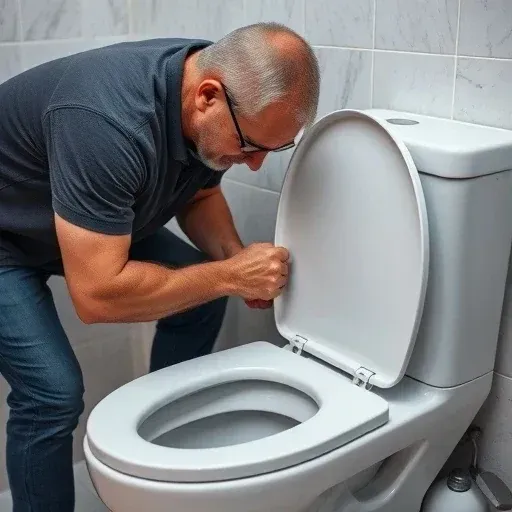
There’s nothing quite as unsettling as sitting on a toilet seat only to feel it shift beneath you. A loose toilet isn’t just annoying—it can be a safety hazard and an indicator of wear or improper installation. Fortunately, you don’t need to be a professional plumber to fix it. With a little time, a few basic tools, and the right guidance, anyone can learn how to tighten a toilet seat without damaging the bowl.
At Riser Plumbing and Drain, we believe in empowering homeowners with reliable information while being just a call away for more complex issues. So, let’s walk you through a safe, easy method to restore stability to your toilet seat and peace to your bathroom experience.
Understand the Importance of a Secure Toilet Seat
Before diving into the steps, it’s crucial to know why this matters. A wobbly toilet seat can crack or wear down the porcelain, leading to costly repairs. Even more, instability can result in slips and falls—especially dangerous for kids or elderly individuals. Riser Plumbing and Drain encourages timely action for both comfort and safety in your home or commercial space.
Spot the Problem: Is It Really a Loose Toilet Seat?
The first step in learning how to tighten a toilet seat is diagnosing the issue. Is the entire toilet moving or just the seat? If it’s only the seat, you’re likely dealing with loose seat bolts or worn screws. Riser Plumbing and Drain recommends inspecting your toilet seat thoroughly—look under the lid where the bolts attach.
If it’s the whole toilet moving, that’s another issue entirely—and one our plumbing services can expertly handle.
Locate the Seat Bolts and Identify the Type
Most toilet seats are held in place by two bolts at the back, near the tank. These might be exposed or concealed under plastic caps. Pop the caps off gently using a screwdriver or your fingers. If you notice hidden bolts, don’t panic—they’re common in modern bathroom fixtures.
Riser Plumbing and Drain advises taking note of whether the bolts are plastic or metal and checking if they're corroded. If corrosion is present, you may need replacement bolts, which you can find at your local hardware shop.
Use the Right Tools for Safe Seat Tightening
One of the most important parts of tightening your toilet seat is using the correct tools to avoid over-tightening or damaging the porcelain. You’ll typically need a flathead screwdriver, a wrench, or an adjustable plier for bolt tightening. Be gentle—tightening the bolts too much can crack the bowl.
This is where Riser Plumbing and Drain always urges caution: slow and steady wins the seat-tightening race!
Tighten the Bolts Evenly to Avoid Cracks
Now that you’ve exposed the seat bolts, use your screwdriver to hold the bolt in place while using your wrench underneath to tighten the nut. Alternate sides to ensure even pressure. Keep tightening until the seat no longer wobbles, but stop before you feel resistance increase too much.
Uneven tightening is a common reason why many DIYers end up with cracked toilets. Riser Plumbing and Drain always recommends being patient and careful during this part of the process.
Consider a Toilet Seat Tightening Kit for Convenience
If you want a no-fuss solution, a seat tightening kit from your local shop can be a great option. These kits usually include new bolts, screws, rubber washers, and easy-to-follow instructions. They're ideal for older seats where the existing components are too worn or stripped to be reused.
Riser Plumbing and Drain often recommends these kits for a quick home improvement fix—especially when the seat has been re-tightened multiple times already.
When to Replace Instead of Tighten
Sometimes, no matter how many times you tighten the bolts, the seat still shifts. That’s a sign it’s time for a replacement. Old toilet seats, especially those with cracked hinges or worn threads, simply won’t hold steady. Luckily, replacement bolts and new seats are easy to find, and installation is similar to the tightening process.
For expert advice on selecting the right size or shape, Riser Plumbing and Drain is always available for consultations—because not all toilets are created equal!
Safety Tips to Avoid Toilet Damage
Knowing how to tighten a toilet seat is only half the battle—you also need to know what not to do. Avoid using excessive force, mismatched tools, or metal bolts on ceramic surfaces. Never use power tools, and always work in well-lit areas to clearly see the screws and bolts.
At Riser Plumbing and Drain, we’ve seen many cracked bowls and stripped bolts from improper techniques. Our advice? Take your time. A few minutes of careful effort beats an expensive repair any day.
Need Help? Know When to Call the Pros
If your toilet seat remains wobbly even after proper tightening, or if you’ve discovered a cracked bowl or stripped bolt holes, it’s time to call a professional. The issue might run deeper—perhaps even involving the toilet base or flooring.
Riser Plumbing and Drain offers full bathroom plumbing services to get your fixtures secure and functional again. Our team handles everything from minor fixes to full home improvement projects.
Prevent Future Wobbles with Routine Checks
Once you've successfully tightened your toilet seat, don’t forget it forever. Over time, bolts may loosen again due to regular use. Make a habit of checking your seat bolts every few months—especially in busy households or commercial restrooms.
At Riser Plumbing and Drain, we advocate preventive maintenance for all aspects of your plumbing system. Routine inspections can save you time, money, and stress in the long run.
Sit Secure—Let Riser Plumbing and Drain Handle the Rest
If you're tired of tightening the same toilet seat again and again, or want to ensure it’s done right the first time, reach out to Riser Plumbing and Drain. Our skilled team can tackle everything from wobbly toilets to full bathroom remodels.
Don't let a simple fix become a big problem—schedule your service today and get peace of mind that lasts.
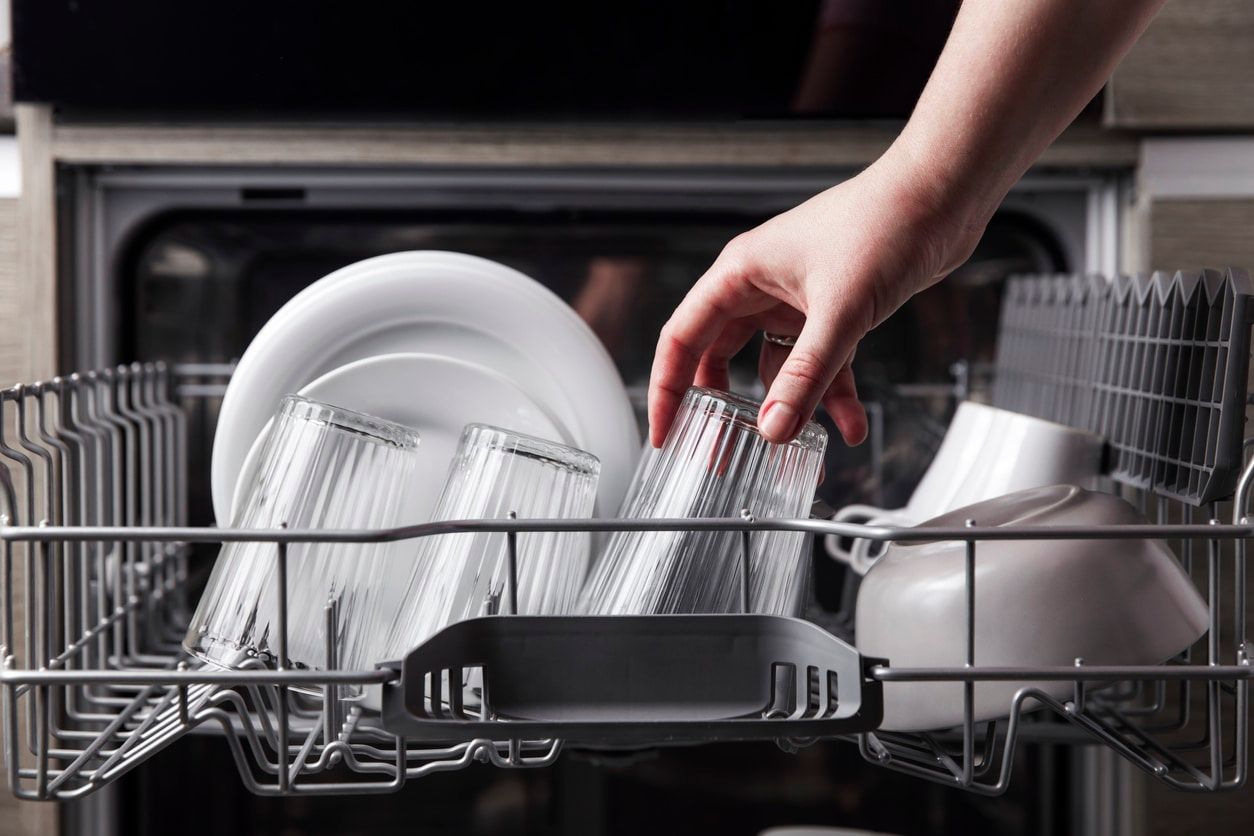
Did you know that using a dishwasher can actually save more water than washing dishes by hand? Many homeowners believe dishwashers wastewater, but modern models are designed to deliver sparkling clean dishes efficiently. But how much water does a dishwasher use, and what factors affect its efficiency? At Riser Plumbing, we believe in helping homeowners make informed decisions about their water usage. Whether you're considering a newer dishwasher or want to maximize the efficiency of your current one, understanding water consumption is essential. Let's break it down by cycle, model, and efficiency factors. How Much Water Does a Dishwasher Use on Average? The amount of water a dishwasher uses varies depending on the model and cycle. Older dishwashers could use as much as 10-15 gallons per cycle, while newer ENERGY STAR models use as little as 3-5 gallons per cycle. If you’re trying to save water, upgrading to a high-efficiency dishwasher can make a significant difference. At Riser Plumbing, we can help you choose and install a dishwasher that aligns with your water conservation goals. Dishwasher Cycles and Their Water Usage Each cycle in a dishwasher serves a different purpose, and some require more water than others. Here's a general breakdown: Normal Cycle – Uses 3-5 gallons, balancing efficiency and cleanliness. Heavy-Duty Cycle – Can use 7-10 gallons, perfect for greasy or heavily soiled dishes. Eco Mode – Uses the least amount of water, often around 2-4 gallons. Quick Wash – Saves time but may use more water to compensate for the shorter cycle. If you want to save water, choosing the right cycle based on your load size is crucial. Riser Plumbing can provide expert recommendations to ensure you're getting the best performance from your dishwasher. Does a Dishwasher Use Less Water Than Hand Washing? Many people assume washing by hand is the better choice, but studies show otherwise. Washing a whole load of dishes by hand can use up to 27 gallons, while a high-efficiency dishwasher only needs 3-5 gallons. By using your dishwasher, you not only save water but also energy, making it a win-win for your home and the environment. At Riser Plumbing, we help homeowners make smart choices to enhance their home's efficiency. How Newer Dishwashers Help Save Water If you’re still using an older model, you might be wasting gallons of water daily. Newer dishwashers come with features like: Soil Sensors – Adjust the water based on how dirty your dishes are. Efficient Spray Arms – Ensures better coverage while using less water. ENERGY STAR Certification – Guarantees energy and water savings. Upgrading your appliance? Riser Plumbing provides expert installation services to ensure everything is properly set up for maximum efficiency. Benefits of Using a Dishwasher Over Hand Washing Using a dishwasher isn't just about saving water—it also offers other benefits: Time-Saving – Load your dishes, press start, and walk away. More Hygienic – Dishwashers reach higher temperatures than hand washing. Eco-Friendly – Uses less energy and water, reducing your environmental impact. Want to learn more about the benefits of dishwashers? Contact Riser Plumbing for expert advice on improving your kitchen efficiency. Tips to Maximize Your Dishwasher’s Efficiency To get the best performance and save water, follow these simple tips: Run Full Loads Only – Avoid halfloads to maximize efficiency. Scrape, Don’t Rinse – Modern dishwashers clean well without pre-rinsing. Choose Eco Mode – Helps save water and energy. Maintain Your Dishwasher – Regularly check for leaks or clogs. At Riser Plumbing, we provide maintenance services to keep your dishwasher running efficiently year-round. Can a Dishwasher Affect Your Water Bill? Absolutely! A high-efficiency dishwasher can save hundreds of gallons of water annually, which translates to lower utility bills. If your water bill is unexpectedly high, a leaking or inefficient dishwasher could be the culprit. Riser Plumbing can inspect your system and recommend solutions to save water and reduce waste. Make Every Drop Count with Riser Plumbing Your dishwasher can be a powerful tool for saving water—if used efficiently. Understanding how much water a dishwasher uses and making smart choices can help reduce waste, lower bills, and improve performance. At Riser Plumbing, we’re committed to helping homeowners achieve efficiency in their kitchens. Whether you need repairs, installation, or advice, our team is here to provide top-quality services. Contact Riser Plumbing today to learn more and ensure your home runs at peak efficiency.
